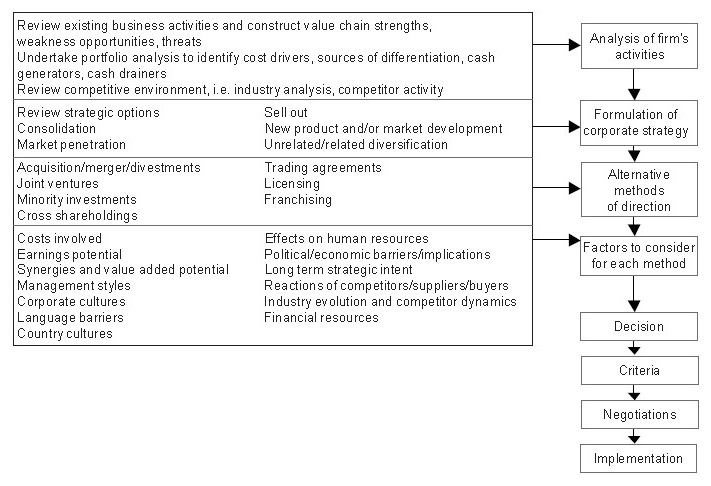
Elements M&A Decision Making:
Elements in M&A situations
Principle:
Draws attention to factors that need to be considered
Issues:
Skeletons and perceptions
Applications:
To achieve successful implementation
Source M&A Decision Making:
Henley Business School






